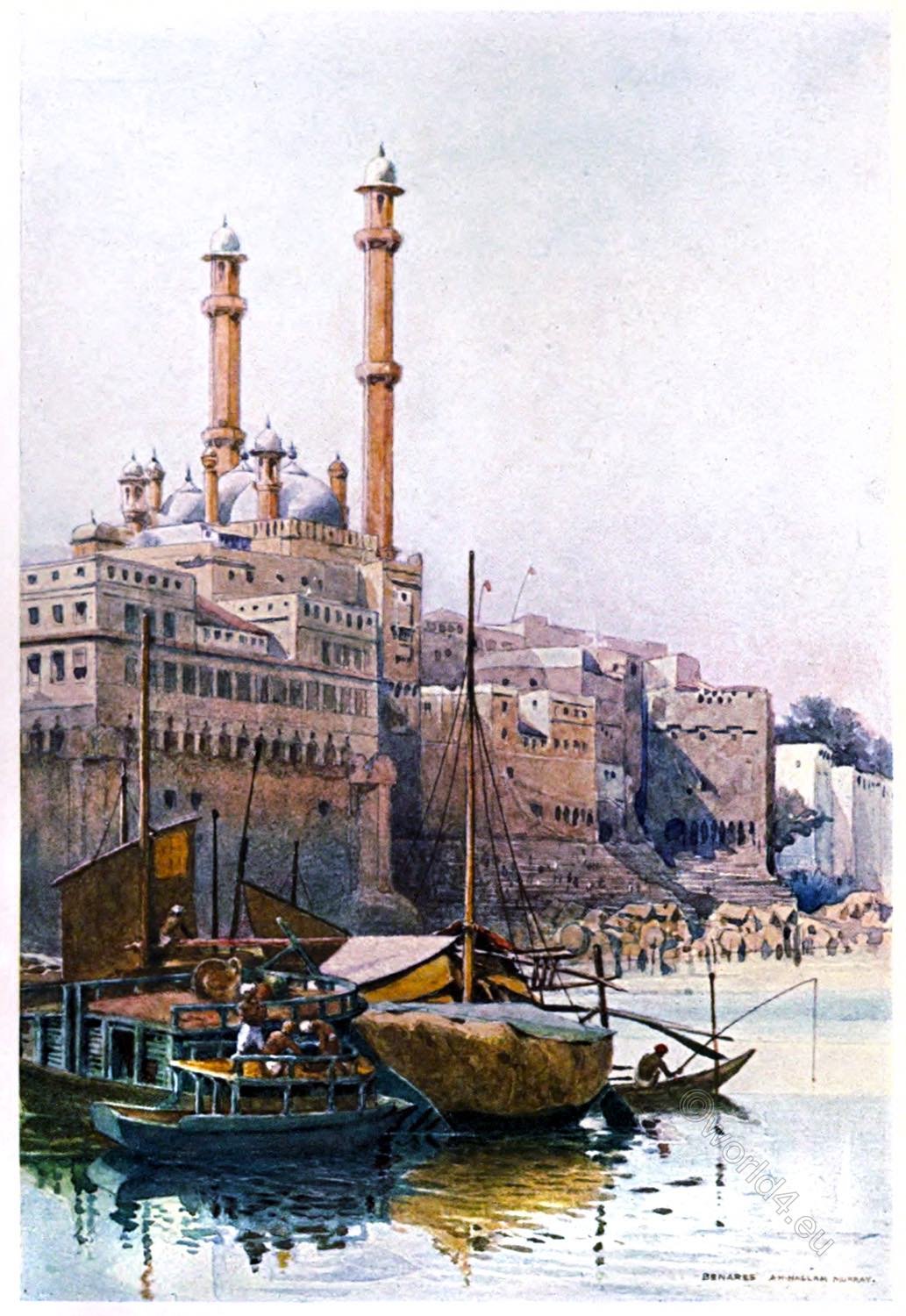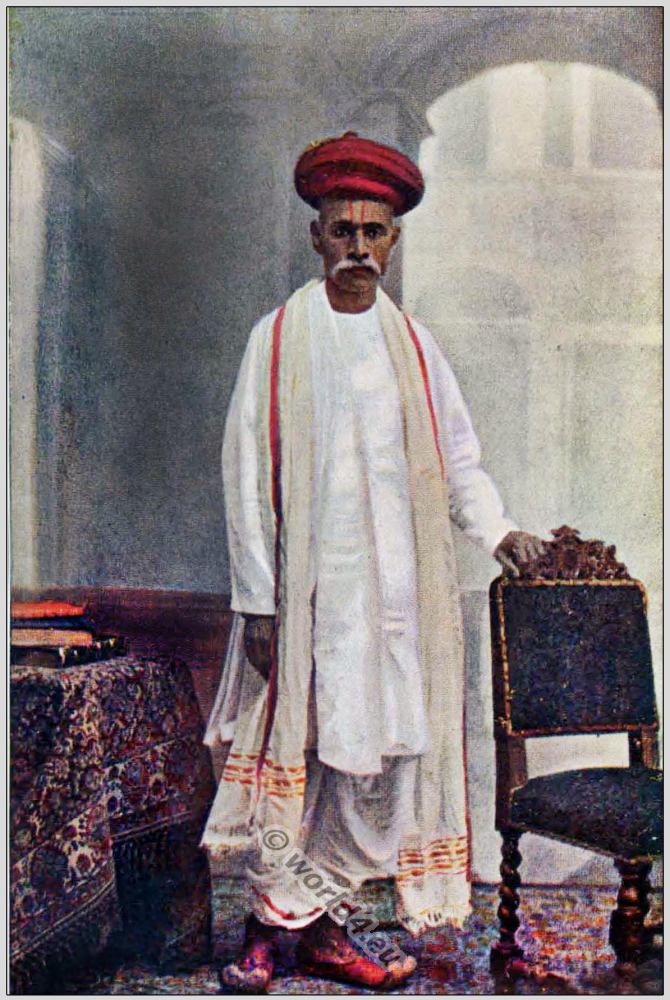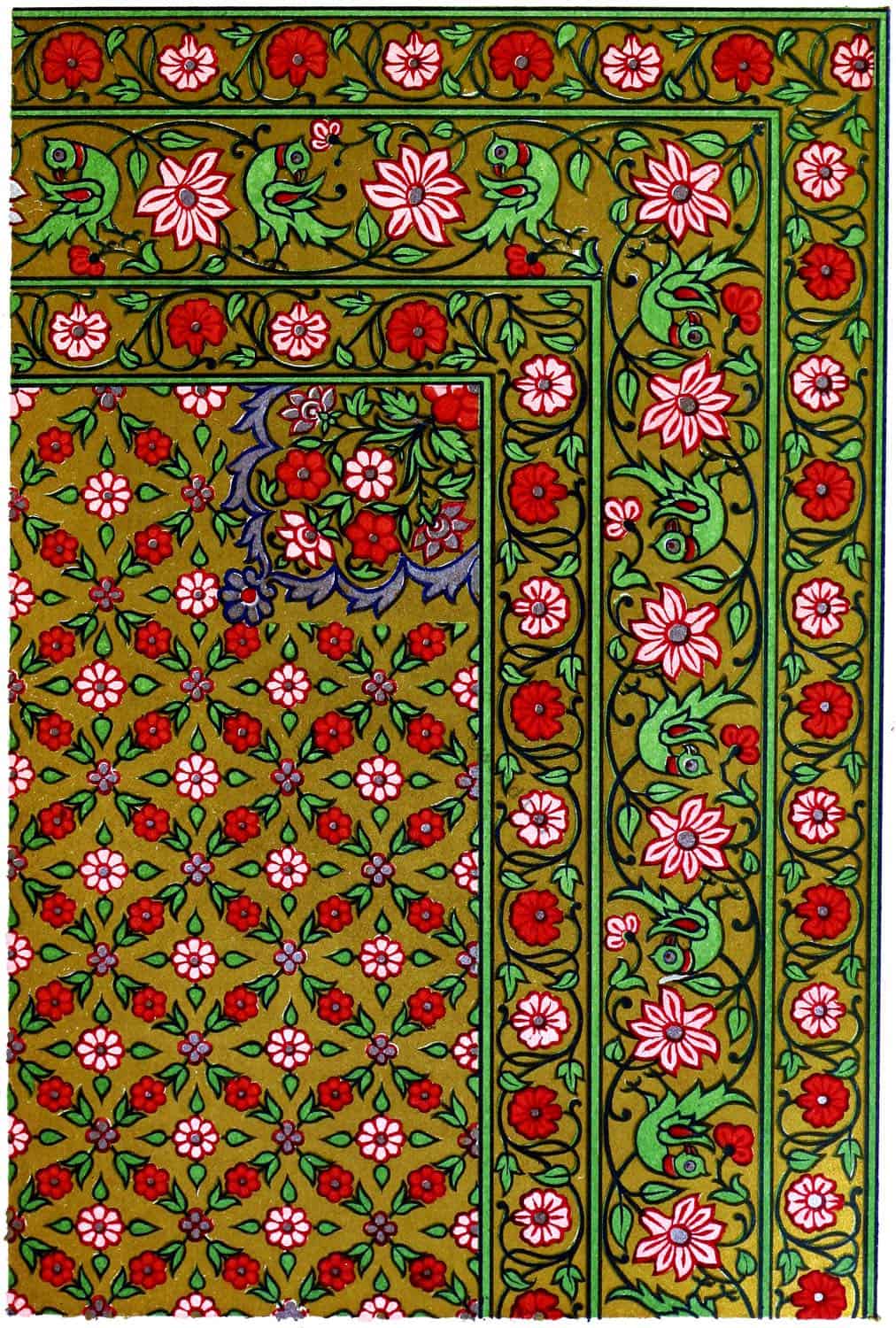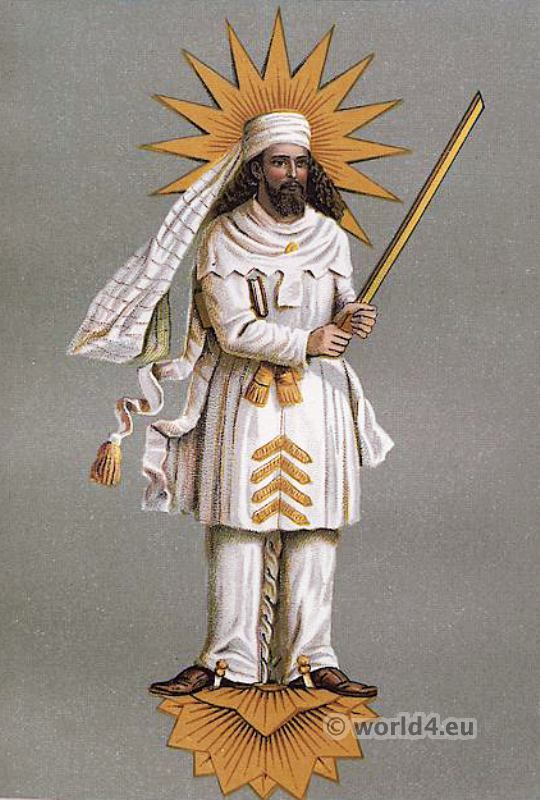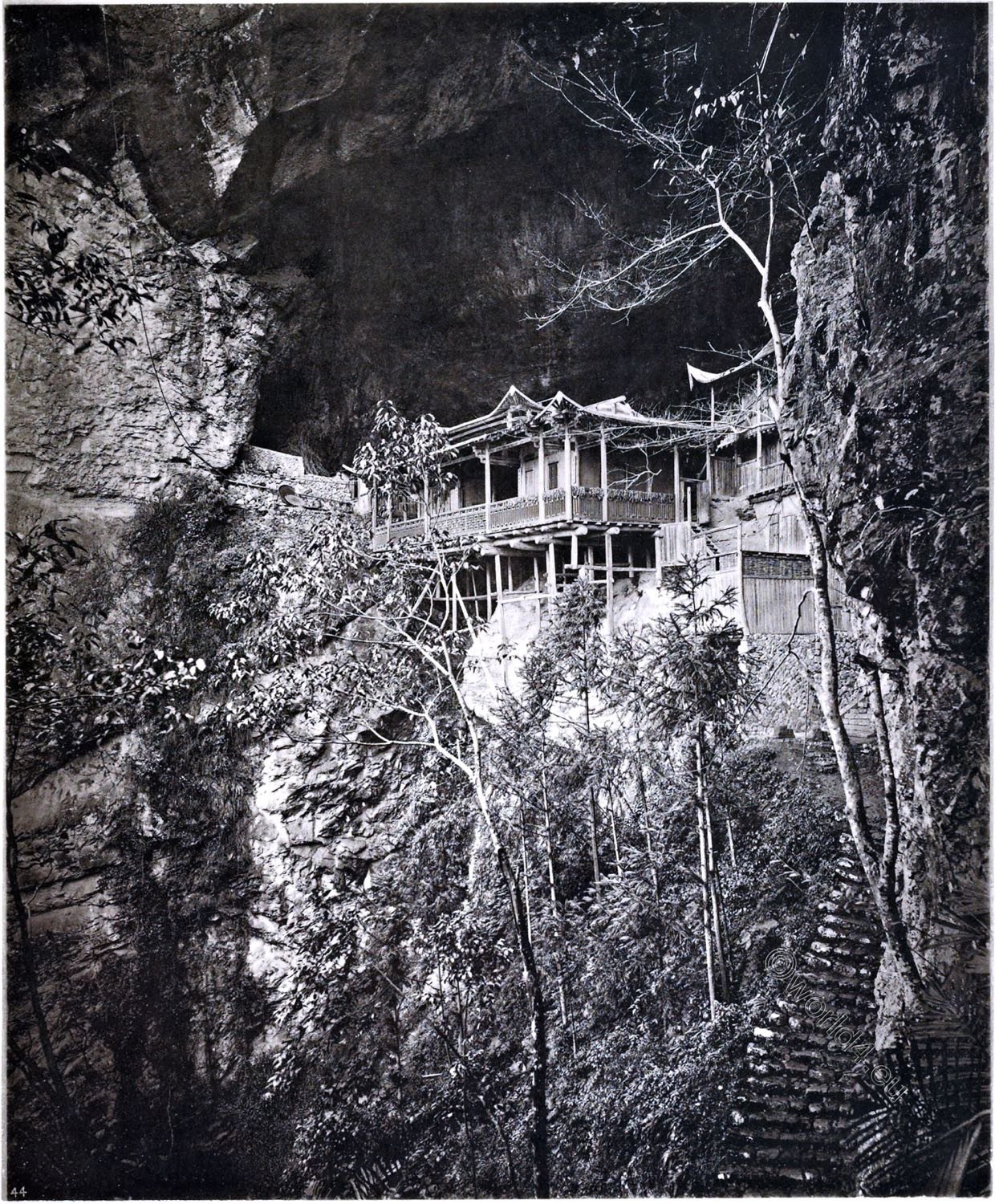Nashik is located in the north of the Western Ghats on the holy river Godavari at an altitude of about 570 metres. The city of Mumbai is about 165 km (driving distance) to the southwest; the Indian capital Delhi is about 1250 km to the northeast.
Some episodes from the Ramayana epic are said to have taken place in Nashik (formerly Nasika or Nasikya); the monkey god Hanuman is said to have been born nearby. Excavations have revealed that the site, located on an ancient trade route between the ports on the coast and the cities of the Gangetic plain, had been continuously inhabited since the 5th century BC. During the period of political dominance of Islam, the city was given the name Gulshanabad; shortly before the British takeover of India, the city’s name was changed back to Nashik under the Peshwas. During India’s independence movement, the city played more of a minor role.
Along with Prayagraj, Haridwar and Ujjain, Nashik is one of the four cities in India where a Kumbh Mela festival is celebrated every 12 years.
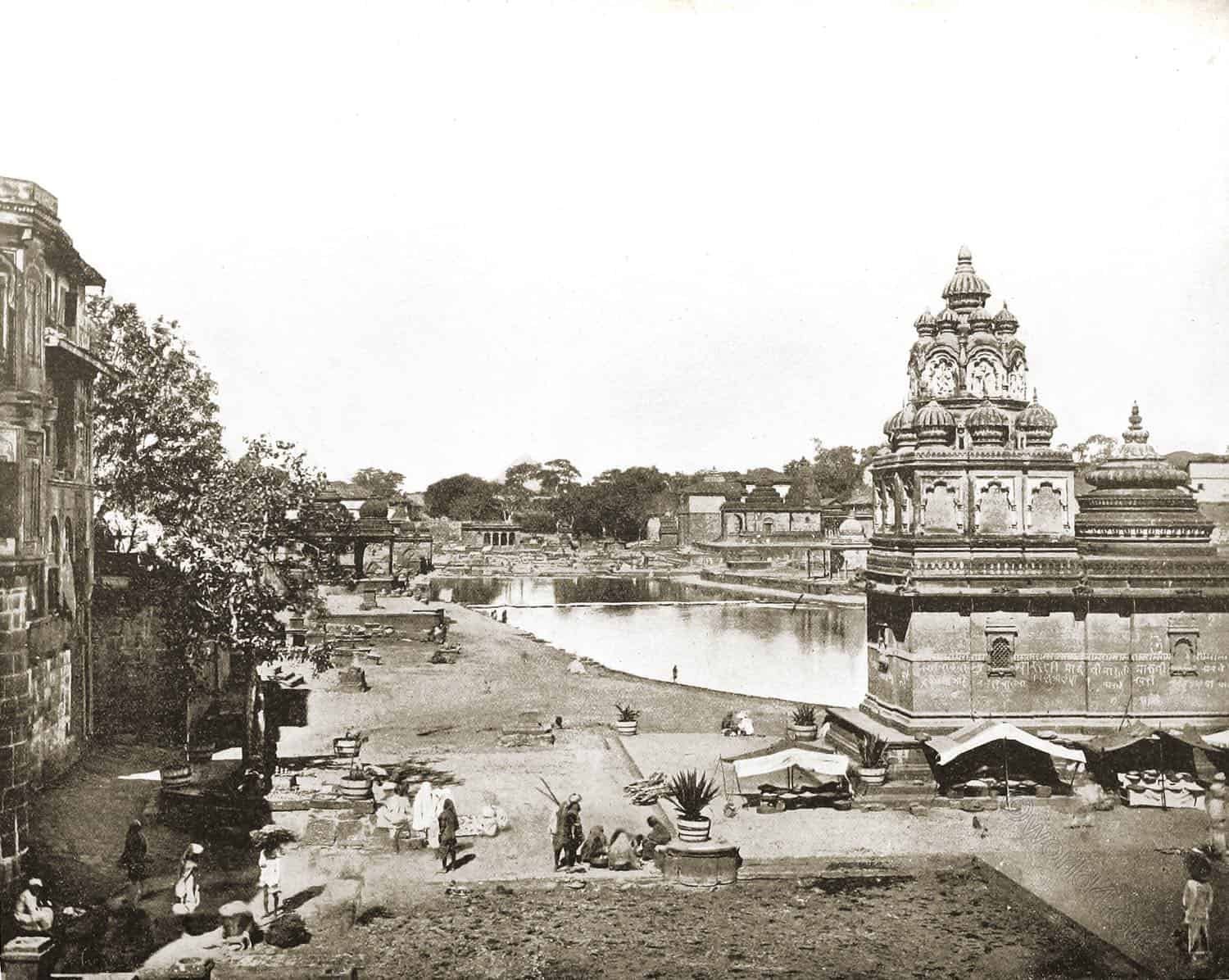
Nashik, India, 1893.
Nashik is one of the most sacred of Hindu towns. Thirteen hundred families of Brahmin priests are established here and form a population by themselves. Through this city flows the sacred river, Godavari, second in sanctity only to the Ganges itself.
All noble Hindu families keep special “family priests” here to perform devotions for the household and to represent them, as it were, continually at the sacred shrines. The river is lined with many temples, like the one displayed in this illustration, and in their vicinity may be sometimes seen hundreds of men, women and children bathing in the hallowed waters of the Godavari. In close proximity to these temples are little booths, where idols are sold.
One cannot travel anywhere in India without perceiving the tremendous influence which its varied religions exert upon its millions of inhabitants. Temples, idols, Shrines, pilgrims, sacred streams, religious festivals attended by hundreds of thousands of people, all these impress themselves continually upon the retina and on the mind. Some temples there are actually sacred to animals; for in the eyes of the Hindus all life is sacred, and it seems to many of them a crime to ill-treat or to kill even insects and reptiles.
There is, not far from Nashik, a Hospital tor Animals, where sick or wounded dogs, cats, rabbits, monkeys and birds are protected and even carefully nursed until they recover or die. If it be superstition which prompts such treatment of those poor, dumb creatures, a little of it in the Occident would do no harm.
Source: Glimpses of the world; a portfolio of photographs of the marvelous works of God and man by John Lawson Stoddard (1850-1931). Chicago, R.S. Peale, 1892.

Related
Discover more from World4 Costume Culture History
Subscribe to get the latest posts sent to your email.

